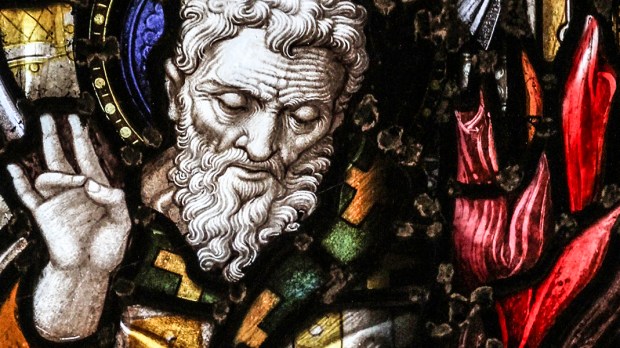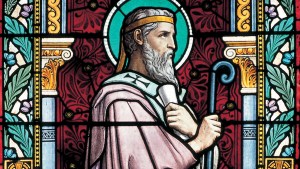During the 1st century, the apostles passed on Jesus’ teachings to a number of communities and individuals.
St. John in particular lived a long life and had a number of disciples.
St. Polycarp was one of those disciples, as St. Irenaeus explains in one of his letters:
For I distinctly remember the incidents of that time better than events of recent occurrence … I can describe the very place in which the Blessed Polycarp used to sit when he discoursed … his personal appearance … and how he would describe his intercourse with John and with the rest who had seen the Lord, and how he would relate their words.
The Catholic Encyclopediathen explains how St. Irenaeus writes a similar statement in another letter:
Then follows the list of the Roman bishops down to Eleutherius, the 12th from the Apostles, the ninth from Clement, “who had both seen and conversed with the blessed Apostles”. From the Roman Church, representing all the churches, the writer then passes on to two Churches, that of Smyrna, in which, in the person of Polycarp, the sub-Apostolic Age had been carried down to a time still within living memory, and the Church of Ephesus, where, in the person of St. John, the Apostolic Age had been prolonged till “the time of Trajan”. Of Polycarp he says, “he was not only taught by the Apostles, and lived in familiar intercourse with many that had seen Christ, but also received his appointment in Asia from the Apostles as Bishop in the Church of Smyrna.”
The life of St. Polycarp reminds us that the 12 Apostles passed on their faith to real people, who then passed on the Christian faith to another generation.
All of us today can be grateful for those first followers of the apostles and for their courage in staying true to the faith during a tumultuous time of the world.


